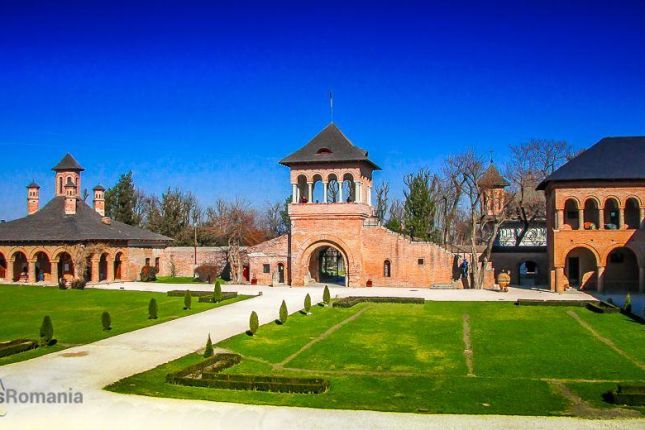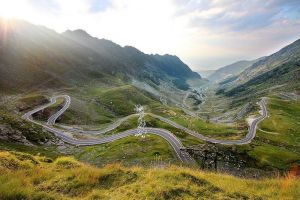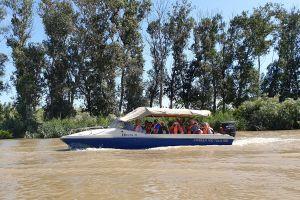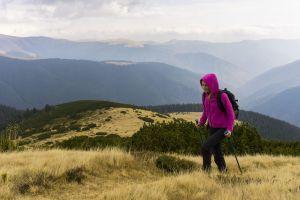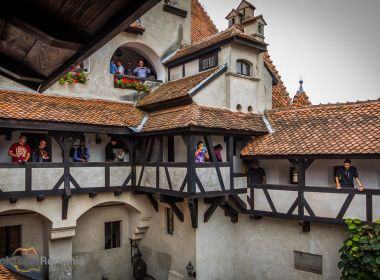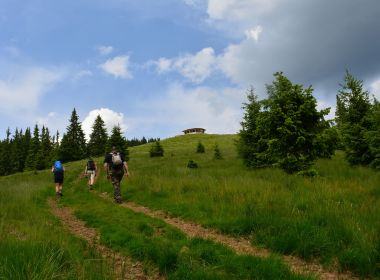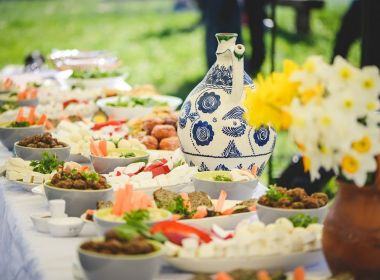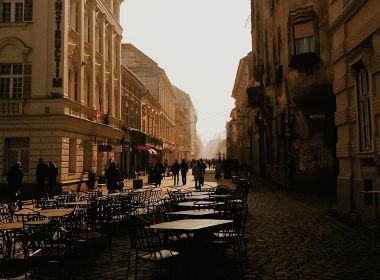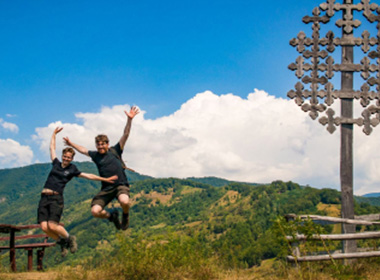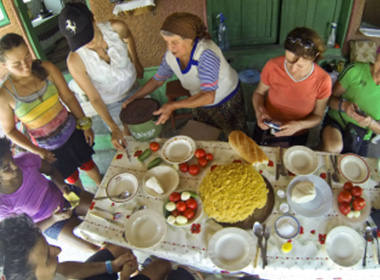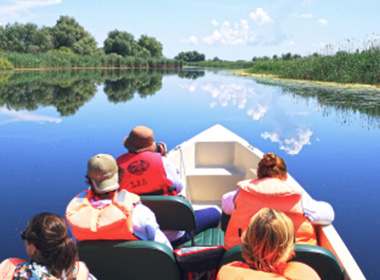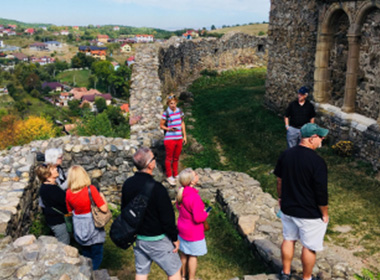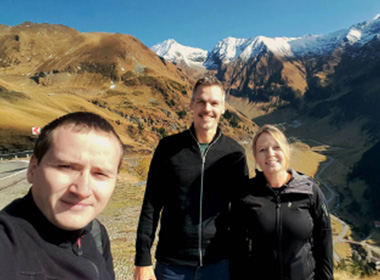Wallachia for Tourists: Best Places to Visit
Wallachia is one of the three historical regions that make up Romania (together with Moldavia and Transylvania), and one of the earliest ones historically recognised as inhabited by Romanians.
Protected by the Danube River and the Carpathian Mountains, it is also known colloquially as the Romanian Land (Țara Românească) in historical documents.
In the broader historical context, Wallachia's political landscape was also influenced by its interactions with neighbouring regions, including Moldavia's vassal relationship with the Polish King, Vladislav Jagiello.
The name Wallachia comes from the Vlachs the original name of the region's population in the early Middle Ages, before being 're-named' as Romanians.
Wallachia and Țara Românească are names that are not used anymore in modern-day Romania. Two sub-regions emerged instead thanks to the Olt river, a major tributary of the Danube River
- Muntenia: East of Olt River until the Danube
- Oltenia: West of Olt River, until the Carpathian Mountains
Now, let’s dive deeper and understand the history and culture of the region, what makes Wallachia unique, and discover its tourist landmarks. This way, you’d better know how to plan your trip in this region and what to see.
Table of contents
- Discovering Wallachia Region
- History of Wallachia under the Ottoman Empire in the Middle Ages
- Geographical Region of Wallachia
- Cultural heritage of Wallachia
- The mythical stories and traditions of the region
- Discover Wallachia's top destinations
- Bucharest: Your first stop in Wallachia
- Explore Craiova's museums
- Visit Slanic Prahova, the largest salt mine in Europe
- Discover the impressive Peles Castle
- Find out the truth about Bran Castle
- Stop at Poenari Citadel on your way to Transfagarasan
- Visit the resting place of the Romanian Kings
- Discover Targoviste, the formal residence for Walachian princes
- Step into the first capital of Wallachia, Campulung
- Visit Horezu Monastery, a UNESCO World Heritage Site
- Delve into the work of Constantin Brâncuși
- Witness the natural phenomenon of the Mud Volcanoes
- Visit Oltenia's culas
- Explore Drobeta Turnu Severin and the beauty around it
- Conclusion
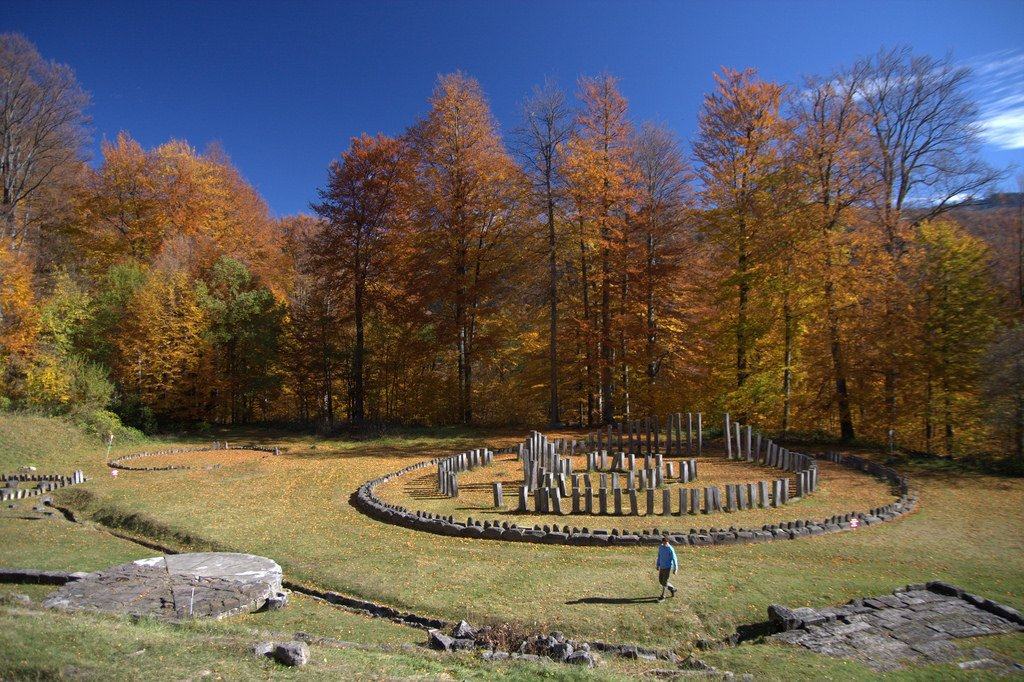
Discovering Wallachia Region
Tara Romaneasca, a historical and geographical region in modern-day Romania, is a treasure trove of rich history, cultural heritage, and natural beauty. Nestled in Eastern Europe, Wallachia has been a significant player in the region’s politics and economy since the Medieval Period. Its strategic location made it a coveted prize for various empires and kingdoms, including the Ottoman Empire, the Hungarian Kingdom, and the Byzantine Empire.
From the medieval chronicles of Vlad III Dracula to the strategic alliances with the Polish King, Wallachia's history is deeply intertwined with that of Romania, playing a crucial role in shaping the country’s identity.
Romanian historians have long been fascinated by the region’s complex past, and East European Monographs have dedicated numerous studies to the subject. The tales of Vlad III, also known as Vlad the Impaler, are particularly captivating, as his fierce resistance against the Ottoman Sultan and his dramatic life story have inspired countless legends and historical accounts.
History of Wallachia under the Ottoman Empire in the Middle Ages
The territory of Wallachia is one of the Danubian principalities inhabited since antiquity by Dacians and Thracians. After the Roman Empire conquered these lands in 106 A.D. the resulting population was called Vlachs.
Throughout history, Wallachia was constantly at the crossroads of grand European powers, their expansion and proxy wars:
- the Ottoman Empire
- the Hungarian Kingdom and later Habsburg Empire
- the Russian Empire (later Soviet Union)
During the medieval period, Transylvania, integrated into the Kingdom of Hungary, played a vital role in the region's political landscape. Although part of Hungary, medieval Transylvania retained its autonomy and identity, interacting with Tara Romaneasca and serving as a buffer against Ottoman expansion.
The land of the Vlachs first appeared in records with King Béla IV’s 1246 Diploma of Joannites. Later, in 1290, Radu Negru, voivode of Tara Romaneasca, established the principality as a Hungarian vassal state, aimed at curbing Ottoman influence.
The 1241 Mongol invasion devastated Tara Romaneasca and Moldavia, with tens of thousands of Orthodox Vlachs lost in the defense against the Golden Horde, the western Mongol Empire. Following these invasions, Hungarian authority weakened, leading Orthodox Vlachs to resist its feudal dominance.
In 1330, Wallachian Prince Basarab I defeated Hungarian King Charles I, declaring Wallachian independence and setting the stage for new political structures over the following decades.
Tara Romaneasca was the first of the three main Romanian regions to gain independence, enduring a history marked by tense relations with the Ottomans. Notable Wallachian princes like Mircea the Old, Vlad the Impaler (the inspiration behind the Dracula story of Bram Stoker), and Michael the Brave became national heroes for defying the Turks and refusing tribute.
As the Ottoman Empire expanded through the Balkans after Constantinople’s fall in 1453, Wallachia faced frequent clashes. Mircea’s victories, including the 1394 Battle of Rovine, temporarily pushed the Ottomans out and extended his rule to the Danube Delta and Silistra.
However, Bulgaria’s fall in 1396 forced Mircea to acknowledge Ottoman suzerainty by 1415, establishing Wallachia as a vassal state with internal autonomy.
During this time, the Land of the Vlachs managed complex ties with neighboring powers, including Moldavia's strategic alliance with the Polish King Vladislav Jagiello, which influenced the region’s power dynamics.
Wallachia’s golden age began in the 14th century, with its founding amid the decline of the Golden Horde, the retreat of Turkic nomads, and Hungary’s expansion beyond the Carpathians. Early rulers established the first capital at Câmpulung Muscel, later moving it to Curtea de Argeș, Târgoviște, and finally Bucharest.
In 1859, Tara Romaneasca and Moldavia, sharing similar political status, elected the same ruler, paving the way for modern Romania. This process continued when Carol of the Hohenzollern dynasty took the throne in 1865, and the name Romania was formally adopted in 1866.
After the Treaty of Adrianople and years under Ottoman suzerainty, Romania gained independence in 1877-78 after joining the Crimean War. The Great Union of 1918 finally unified Transylvania, Wallachia, Moldavia, and other Romanian regions on December 1 at Alba Iulia, reflecting shared ideals and political goals.
Though parts of Moldavia were lost during WWII, Romania today retains nearly the same shape it had after the Great Union.
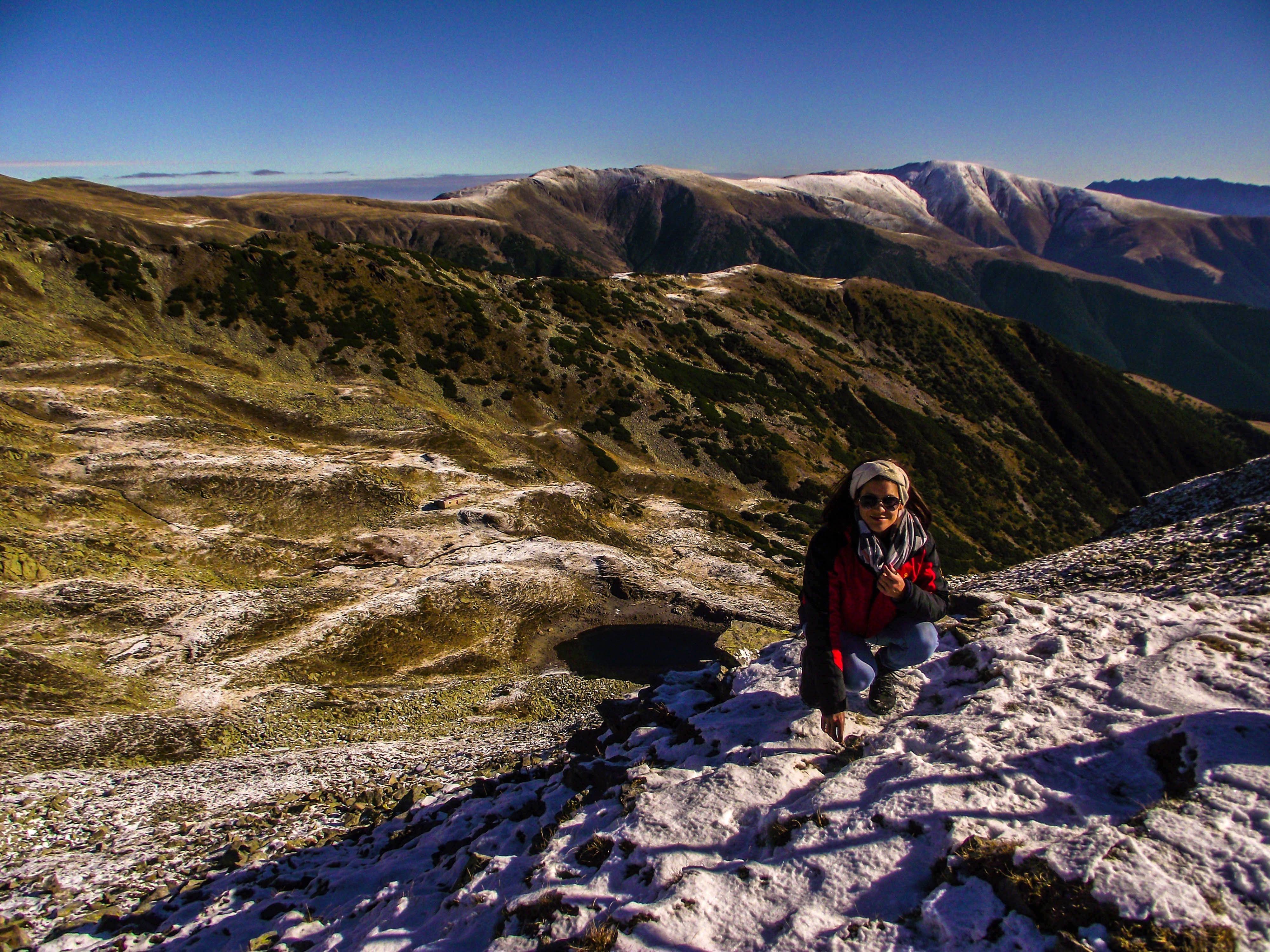
Geographical Region of Wallachia
A geographical region of Romania, Wallachia is located in the south of the country. It is bordered mainly by the Carpathian Mountains (in the north and west) and the Danube River (in the south and east). The Danube flows from Central Europe along the southern edge of Wallachia and breaks through the Southern Carpathians at the well-known Iron Gates (opposite Serbia).
The Land of the Vlachs features diverse landscapes due to its location between the Danube and the mountains. Most of the territory used for agriculture today was once covered by dense forests called Codrii Vlăsiei.
The relief ranges from flat agricultural lands to the scenic and unspoiled foothills of the Carpathians. This vast expanse of fertile plains supported crops and livestock and contributed to the region's economic stability and significance.
Throughout history, the Carpathians played an important role as a natural defensive line, while the Danube and access to the Black Sea shaped trading routes and fostered cultural exchanges with the neighboring nations.
Wallachia's varied landscape supports a rich diversity of flora and fauna. The forests are home to diverse species of plants and animals. You can walk through tree species such as beech, oak, pine, and fir and plants such as shrubs, wildflowers, and ferns.
In this part of the country, you can still find wild animals like brown bears, wolves, lynxes, wild boars, deer, foxes, squirrels, and various species of birds such as owls, woodpeckers, and birds of prey.
At the same time, rivers and wetlands harbor a wealth of aquatic life, like willow trees, reeds, and aquatic plants that provide habitats for fish, amphibians, and birds.
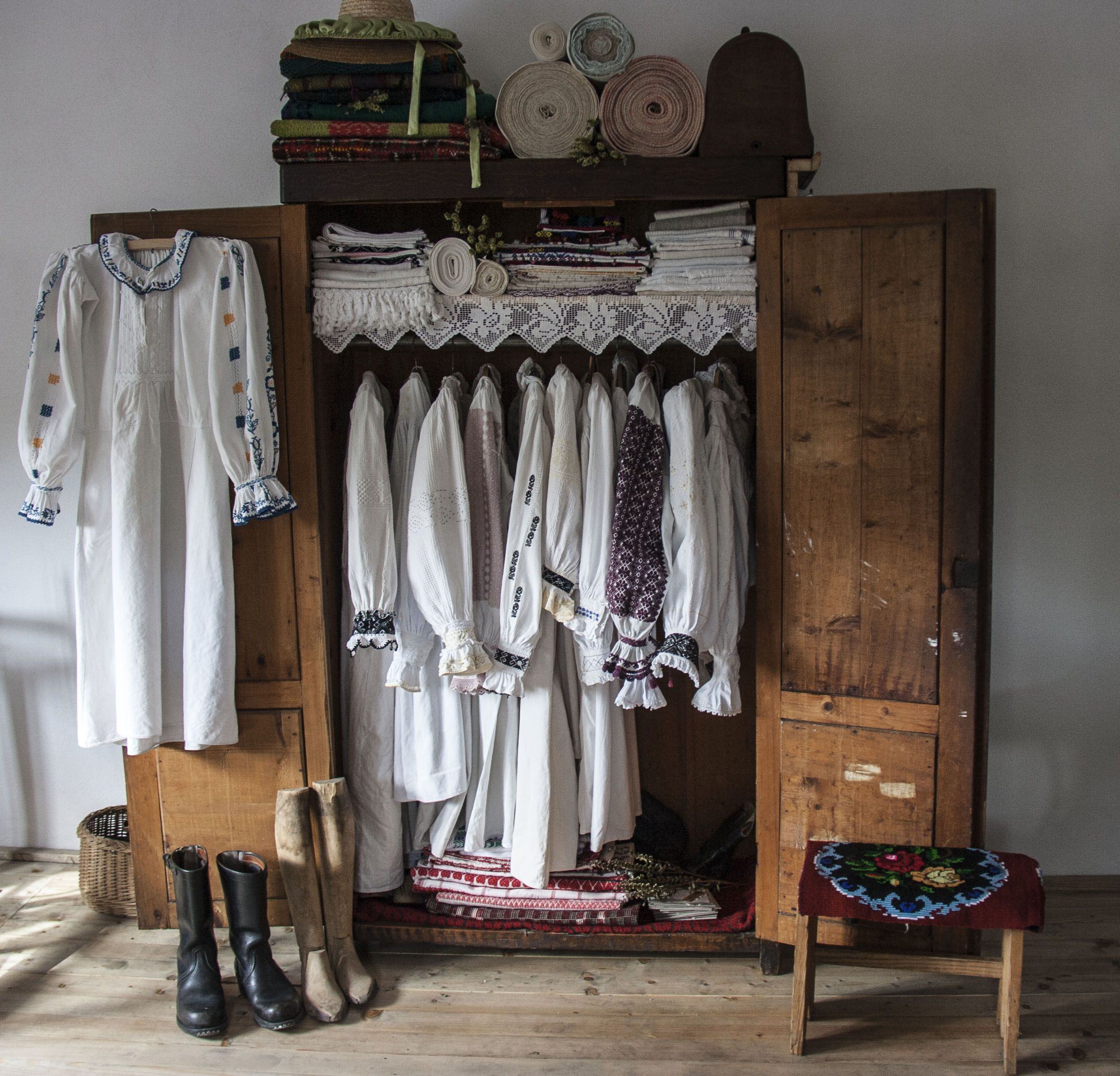
Cultural heritage of Wallachia
Romanians as a nation emerged in the early Medieval Period from the merging of Dacians and Romans, with new influences from later migratory peoples. By the late Medieval Period, the Ottoman State, Greek (fanarioți), and Balkan and Slavic cultures enriched Wallachia’s multi-ethnic heritage, shaping its customs, language, and architecture.
Today, Wallachia’s cultural tapestry reflects these influences. Ottoman-inspired dishes like sarmale (stuffed cabbage rolls) and mititei (spicy meat sausages) are staples, while vocabulary includes Turkish words like musafir (guest) and Slavic words like ceas (watch). Wallachian architecture also features Ottoman-style inns (hans) and Orthodox Slavic monasteries.
In Wallachia, the local energy contrasts with Transylvania's slower pace. Though industrialization and collective farming during the short period of communism brought major changes to the plains, peasant life in the south still largely follows ancient pastoral rhythms.
The mythical stories and traditions of the region
Wallachia’s identity has evolved over centuries, rooted in folklore, legendary figures, and mythical creatures.
The most famous tale is the 'Reign of Dracula,' linked to Vlad Țepeș (Vlad the Impaler), also called Vlad Dracul. Known for his harsh rule and impaling envoys sent by the Ottoman sultan, Vlad ruled in 1448, 1456–1462, and 1476 after the deaths of his father and older brother, becoming a national hero for defying the Turks.
Folklore also features mythical beings like strigoi (vampires), moroi (ghosts), and zmei (dragons), along with tales of haidouks, outlaws turned heroes who resisted the Ottomans. Wallachia’s cultural heritage extends to folk music, dances like the communal hora, and the traditional șezătoarea, where village women wove and share stories, embodying unity and resilience.
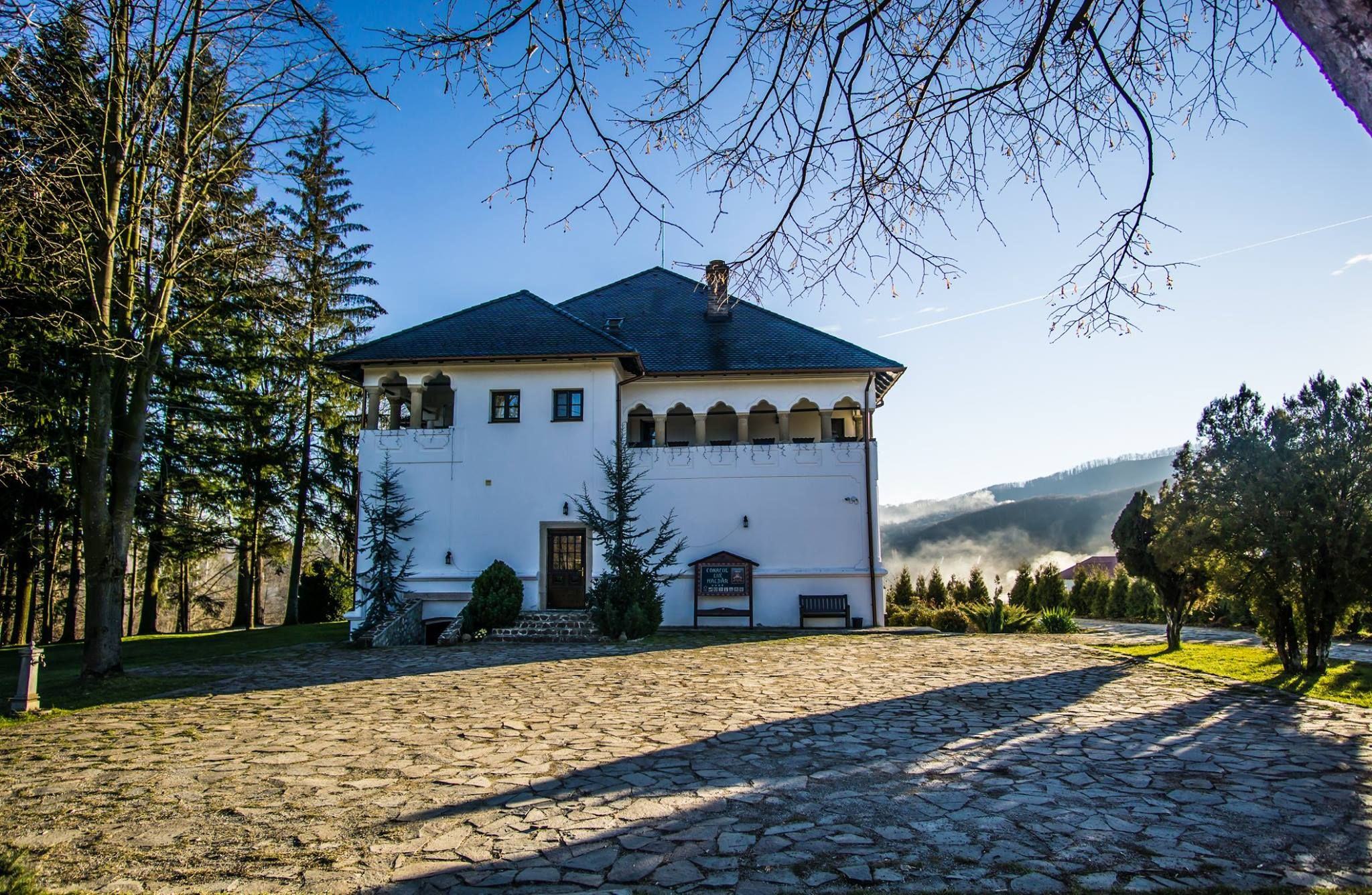
Discover Wallachia's top destinations
Your journey into Romanian history can begin in Wallachia, a region rich in offerings, from beautiful castles (like the famous Dracula's Castle, whose reality is a bit different from popular belief, as it wasn’t actually home to Vlad the Impaler, or Dracula as you may know him) to impressive churches and stunning natural landscapes. Here, there’s something for everyone.
Now, let's explore the top attractions in Wallachia, a place where nothing feels forced, and the beauty of life unfolds naturally every moment.
Bucharest: Your first stop in Wallachia
With most international flights landing in Bucharest, the last capital of Wallachia and today’s Romanian capital, it’s the perfect starting point for your trip. Plan a few days to fully explore, but if time is short, don’t miss these highlights.
The ruins of the Old Princely Court and Church (Palatul Curtea Veche și Biserica Curtea Veche) can still be seen today in the Old Town, which is lively at night. Built as a royal residence by Vlad the Impaler, Bucharest became Wallachia’s capital in 1459 after a long period of shifting capitals.
Other points of interest include:
- Manuc’s Inn: A historic inn converted into a traditional Romanian restaurant, showcasing the old Ottoman-style courtyard with shops and guest rooms.
- Stavropoleos Church: Built in the Brâncovenesc style, this church features colorful frescoes and houses Romania’s largest collection of Byzantine music books.
- Snagov Monastery: A medieval monastery on an island in Snagov Lake, accessible by boat, with Byzantine architecture and unique local decorations.
Here you have a more in-depth Bucharest travel guide.
Although many historic city centers in Wallachia were transformed during Communism, each town retains heritage monuments and streets with traditional houses that reflect its storied past.
Explore Craiova's museums
Craiova is one of the ten largest cities in Romania and is more well-known as a new university town founded on the site of the ancient Dacian and Roman stronghold Pelendava. Today, the city features several historic museums, including an Art Museum, an Ethnographic Museum, and a Natural Science Museum. The city center is lively, but people mainly stroll along the new communist boulevard with cafes and restaurants.
While working on my thesis, I explored Craiova to find something significant. I enjoyed the old preserved neighborhood, with 19th-century houses and shaded vine gardens. I had a homey feeling trying to imagine how people lived there. Of course, many cats lay in the sun to confirm my suspicions.
Visit Slanic Prahova, the largest salt mine in Europe
The salt extraction operations here trace their origins to the Middle Ages. It is the largest salt mine in Europe and features a microclimate with natural air-conditioning and constant temperature and atmospheric pressure throughout the year. The mine has two levels, with several enormous halls where you can find different entertaining activities, such as table tennis and playgrounds for kids.
But this is just one salt mine in Romania; there are many more you should visit, as they are all truly spectacular.
Discover the impressive Peles Castle
Peleș Castle is in Sinaia, in the Prahova Valley (a hotspot for ski resorts). It was the former summer residence of the royal family, and today is considered the most beautiful castle in central Romania - and the first European castle to have electricity! The neo-renaissance castle and its smaller annexes stand in a large meadow on the backdrop of the Bucegi mountains.
As a student, I used to go skiing in Sinaia on weekends. We rushed on our skies through the castle's domain to catch the last train back to Bucharest. Nothing could have convinced us to come home earlier, and the "castle shortcut" helped us immensely!
Find out the truth about Bran Castle
Bran Castle, commonly known as Dracula’s Castle, is a medieval fortress located near Bran, a town in the Wallachia region. Perched on a rocky hilltop, the castle’s imposing walls, towers, and battlements create a dramatic silhouette against the sky.
Visitors to Bran Castle can explore its labyrinthine corridors and rooms, each filled with historical artefacts and exhibits that tell the story of the castle and the region. The museum within the castle offers a fascinating glimpse into the existence and times of Vlad III, as well as the broader history of Wallachia.
- If you want to learn the historical truth behind Bran Castle and Vlad III, let us know, our guide is ready to teach you everything and help you avoid the scams around this popular tourist attraction.
Stop at Poenari Citadel on your way to Transfagarasan
This castle has a legitimate connection to the notorious Wallachian prince Vlad Tepeș (associated with Count Dracula). Poenari Citadel was a mighty fortress, built on top of an abrupt rock at the end of a long line of 1480 stairs.
In the 13th century, Walachian leaders recognized the castle's vantage point and built a tower to guard the strategic pass linking Wallakia with the region of Transylvania. Later, Vlad Tepeș enlarged the original tower, using it as a fortress and a prison.
The citadel is right at the start of the Transfăgărășan main road, so it's easy to stop over if you are crossing the mountains to Transylvania.
Visit the resting place of the Romanian Kings
Built by Wallachian ruler Neagoe Basarab, Curtea de Argeș Monastery is among Romania's most important religious sites. It holds the marble tombs of Wallachian voivodes, including King Carol I and Queen Elizabeth, King Ferdinand I and Queen Marie, and Neagoe Basarab and his wife.
Constructed with marble from Constantinople, the monastery’s interiors feature oil-painted murals, and its white stone exterior is adorned with intricate designs on windows, walls, and towers, representing a pinnacle of Romanian medieval architecture.
Nearby, as Curtea de Argeș was Wallachia’s capital in the 14th century, lie the 13th-century princely court ruins and St. Nicholas Church, one of Romania’s oldest monuments, with original 14th-century frescoes and 21 tombs of early rulers. Inside, look for the unique painting of a pregnant Mary.
Discover Targoviste, the formal residence for Walachian princes
Not far from Bucharest, this town was the royal capital of Wallachia from 1418 well into the 16th century. Mircea the Old built the princely court (Curtea Domnească), which then remained a formal residence for Walachian princes, including Vlad the Impaler. Even today, you can feel the greatness of this compound while wandering amidst the medieval ruins.
Part of the complex, Chindia Tower (Turnul Chindiei), was built by Vlad the Impaler in the 15th century and stands as an emblem of Târgoviște's history. A symbol of Wallachian power, the 27-meter-high tower was part of the town's defensive past, serving as a watchtower.
Not a happy history event but notable for Romania's communist past, at Târgoviște, you can also relive the contemporary history at the modest army base, where Nicolae Ceaușescu and his wife were shot on Christmas day in December 1989. I was a kid when this happened, and I still have goosebumps when I think about it - it is an essential part of our history.
Step into the first capital of Wallachia, Campulung
I know you've been reading about many medieval capitals in Wallachia, but I promise this is the last one. You have to trust me.
Câmpulung was the first capital of Wallachia, and since that time, we have the 14th-century Negru Vodă Monastery. The monastery holds defensive walls since Wallachia was a vassal state province of the Ottoman Empire. Ottomans ordered the demolition of all town fortifications in Wallachia and Moldavia, so the Moldavian rulers and the Wallachian ones fortified the monasteries with solid walls as a side role to their original religious purpose.
Strolling the historic town, you notice many traders' houses lining up the main street and Romanian Orthodox churches with old frescoes in the residential neighborhoods. The city was also an active spa center in the 19th century, and thanks to this, it features many remarkable eclectic villas built in the New Romanian style, called Neo-Românesc.
Visit Horezu Monastery, a UNESCO World Heritage Site
In this part of Wallachia, called Oltenia, a string of monasteries runs along the foothills of the Carpathians. Most monasteries were raised at the behest of progressive despots but rebuilt in the late 17th century in the Romanian style called Brâncovenesc. This is the first pure Romanian architectural style, developed by and named after Constantin Brâncoveanu, ruler of Wallachia.
Horezu Monastery is one of the most important such monasteries, and for good reason: listed as a UNESCO World Heritage Site, the monastery brought the Brâncovenesc style at its most exceptional level, the whole monastery courtyard and the church being enriched with typical decorations of the style.
Delve into the work of Constantin Brâncuși
Târgu Jiu hasn't preserved anything from medieval times like other cities in Wallachia. It houses a remarkable open-air display, though, and it's a must for modern sculpture lovers. Here, you can find modern minimalist sculptures of the internationally acclaimed Romanian master Constantin Brâncuși, born in the region.
In 1935, he was commissioned to create a series of public works as a homage to Romanian soldiers who fought and sacrificed their lives against the Germans in WWII. The sculptures represent the highest point of his career in the late ‘30s (before spending the rest of his life in Paris), showing his talent for proportions, simplicity, and symbolism.
The sculptures are clustered in the Central Park - Table of Silence, the Gate of the Kiss, and the Alley of Chairs, while the Endless Column is one kilometer further.
Even if you're not into modern sculpture, like me, stop for several hours anyway. You know the saying: you don't need to be an expert to recognize quality art. When I saw Brâncuși's sculptures, I was so thrilled as the works transmitted to me the high energy of their creation.
Witness the natural phenomenon of the Mud Volcanoes
Located in Buzău County, the Mud Volcanoes are a rare natural phenomenon, consisting of gas emanations coming out through a thick underground layer of mud. You can witness the phenomenon in several places, but the most well-known ones are Pâclele Mari and Pâclele Mici.
You must take care as you walk here because you'll sink into the soft mud (and get very muddy, too). The mud erupts at the surface occasionally, dries up in contact with air, and forms structures very similar to small volcanic craters.
I enjoyed the nearby Berca Mud Volcanoes more. They are less frequented and more natural, but you'll also have to sacrifice a pair of shoes to experience nature's unicity.
Visit Oltenia's culas
In the western part of Wallachia, the semi-fortified medieval dwellings called cula (cule) were widespread during the Ottoman expansion. The Ottomans banned cities from being fortified with walls and towers, so local people found unique and ingenious solutions to defend themselves.
The Oltenian culas usually had a fortified ground floor for storage and defensive purposes, while the upper floors served for living. The most representative examples are the Cula in Măldărești, Cula Greceanu, or Cula Racoviță.
Explore Drobeta Turnu Severin and the beauty around it
Standing on the bank of the Danube River bordering Serbia, Drobeta Turnu Severin was once a thriving Roman castrum. It is known for the remains of Emperor Trajan's bridge (103 AD) that spanned over the Danube here 2000 years ago. It was an ingenious engineering solution, having more than one kilometer in length and 15 meters wide. The modern city was laid out on the site of the ancient Roman colony, overlapping its 19th-century street network on the straight rectangular Roman layout.
South of the city, the Danube breaks through the Carpathians. It begins a series of twists and turns between towering rocks known as the Iron Gates National Park protected area. The name comes from the controversial power plant project - a Romanian-Yugoslav joint venture conceived in the '60s, where you can visit the power plant and go down five levels to the turbines.
Conclusion
As you can see, the region of Wallachia has a rich historical, cultural, and modern significance, ranging from Roman antiquity to medieval times and 19th-century heritage buildings. There are diverse sites from all historical eras - sometimes even overlapping in the same place, which only makes an incursion more intriguing for the newcomer.
As you dig deeper, you discover a rich heritage that is usually not explored in depth as it deserves. If you need more help, remember that we are here.
Just drop us a message, and we will be back to you.
Your Romanian friend,
Iuliana
Places to visit
4 times a year we prepare a newsletter with local stories, places and our special insights about Romanian culture and local life that will inspire you to visit our country and have an authentic local experience. Would you like to get it?
